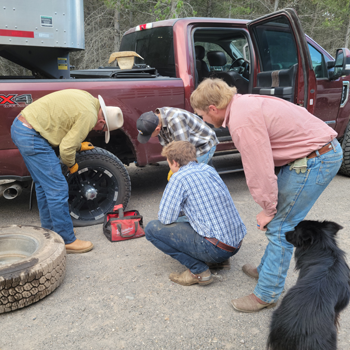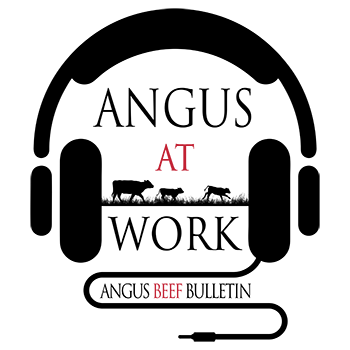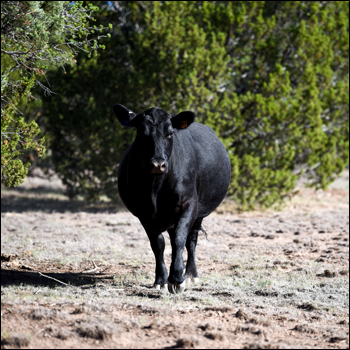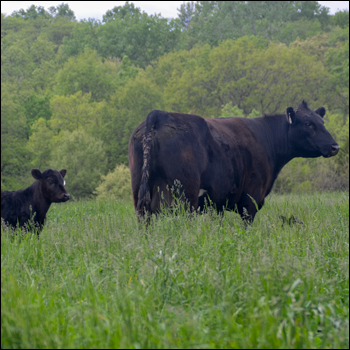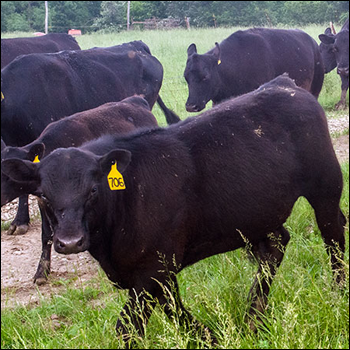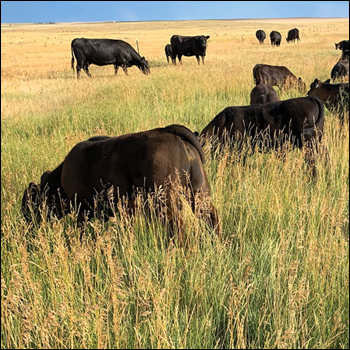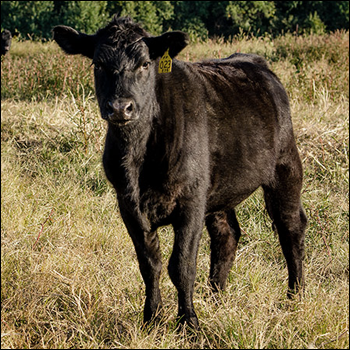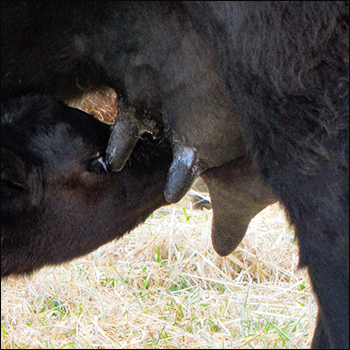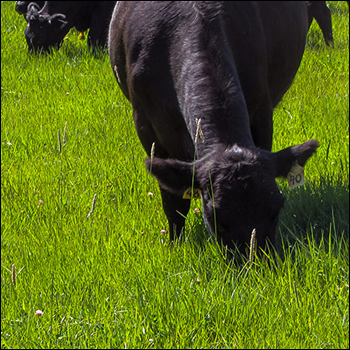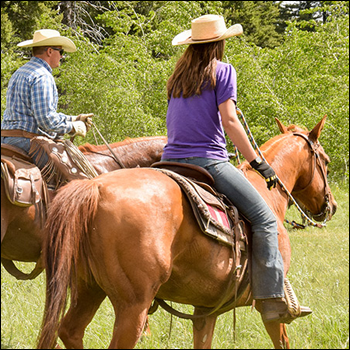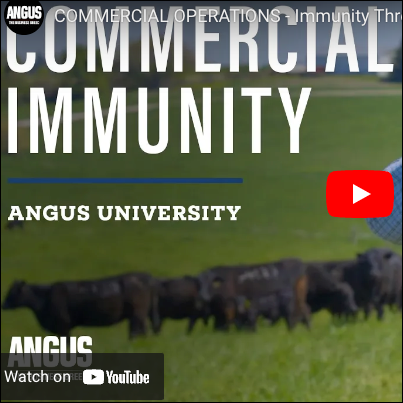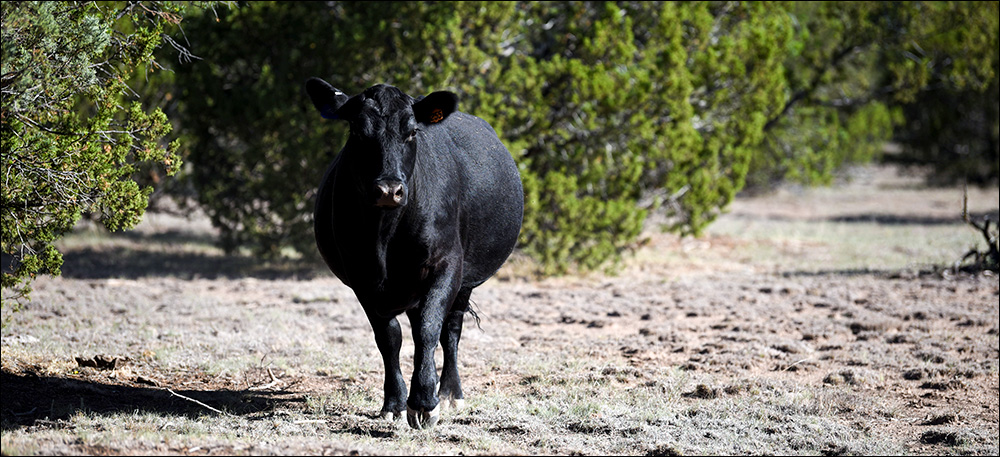
Cows Can Adapt to Thrive in Arid Environments
Researcher discusses beef cow resiliency in arid environments.
Resiliency is a word used to describe someone or something that can overcome difficulties at a quick rate. It directly translates to producing cattle in arid climates where ranchers are looking for resilient cows — ones that are going to contribute a calf year after year even when the environment surrounding them is tough.
Eric Scholljegerdes, associate professor of animal science at New Mexico State University (NMSU), is no stranger to raising cattle in arid climates. At the 2022 Beef Improvement Federation (BIF) Research Symposium and Convention hosted in Las Cruces, N.M., this June, he shared results of several research studies showing the effects of arid climates on cow resiliency.
“It’s (resiliency) determined by how the cow responds and adapts to stressors, or basically her adaptive capacity,” said Scholljegerdes. “Can she change to that changing environment?”
Cattle living in arid climates must be adaptable. Some years arid areas measure 11 inches (in.) of rain, while other years might only measure 1 in.
NMSU grazes cattle at its 28,000-acre Corona Range and Livestock Research Center at Corona, N.M., and the 64,000-acre Chihuahuan Desert Rangeland Research Center at Las Cruces.
With ranches so large, “it becomes very difficult to haul a large amount of hay to the cows,” explained Scholljegerdes. “We rely pretty heavily on cake or some sort of protein cube to provide the animals with their needs throughout the winter months.”
Scholljegerdes recalled that when he got to New Mexico State University, he called more body condition score (BCS) 3s (on a 1-to-9 scale, with 9 being fattest) than he had his entire life. However, in many situations those cattle with lower BCS still contributed a calf.
“Even on our very best year, our forages only meet that cow’s energy requirements — again, TDN (total digestible nutrients) — two months out of the year, but yet we’re still in business,” he said. “Our cows don’t read the NRC (National Research Council’s Nutrient Requirements for Beef Cattle), even though they are university cows.”
He pointed out that the results from several sets of data reveal resiliency doesn’t necessarily require a cow to have a certain BCS. Cows can over time be adapted to thrive on less than the energy requirements published by NRC.
“You can start to see from some of this data that that resiliency comes from challenging those cows and making them work a little harder for their living, such that they don’t need to be in that body condition score 7,” said Scholljegerdes.
He concluded that if cows are receiving more than 70% of their nutritional needs, they will continue to be resilient.
“As our environment really starts to move down the slide on quality, I think as long as we are meeting at least 80%, no less than 70%, of her needs to try to make it through to the next rain, I think they are going to be all right,” he said.
To watch his full presentation, visit www.youtube.com/watch?v=RdwKlBQGOUQ. To download Scholljegerdes’ slides, click here.
More than 300 beef producers, academia and industry representatives attended BIF’s 54th Annual Research Symposium and Convention in Las Cruces, N.M. For more information about this year’s symposium, including award winners, coverage of the symposium and an archive to coverage of past conferences, go to BIFconference.com.
Editor’s note: Photo by Lindsay Humphrey.

Angus Proud
In this Angus Proud series, Editorial Intern Jessica Wesson provides insights into how producers across the country use Angus genetics in their respective environments.
 Angus Proud: Scott Sproul
Angus Proud: Scott Sproul
Oklahoma operation learned wisdom of moving calving season to better suit their marketing needs.
 Angus Proud: Bubba Crosby
Angus Proud: Bubba Crosby
Fall-calving Georgia herd uses quality and co-ops to market calves.
 Angus Proud: Jim Moore
Angus Proud: Jim Moore
Arkansas operation retains ownership through feeding and values carcass data.
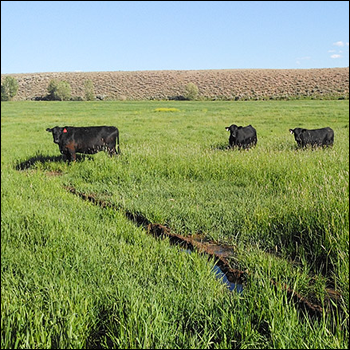 Angus Proud: Stephen Shiner
Angus Proud: Stephen Shiner
Idaho operation rotates pastures in summer and raises crops for winter.
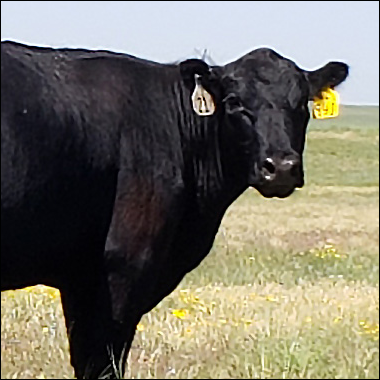 Angus Proud: Brian Nusbaum
Angus Proud: Brian Nusbaum
Angus cattle fit cattleman’s marketing goals and helped him set out on his own.
 Angus Proud: Les Shaw
Angus Proud: Les Shaw
South Dakota operation manages winter with preparation and bull selection.
 Angus Proud: Jeremy Stevens
Angus Proud: Jeremy Stevens
Nebraska operation is self-sufficient for feedstuffs despite sandy soil.
 Angus Proud: Dave Rutan
Angus Proud: Dave Rutan
Angus breeder gets the most out of his bull investment by partnering with opposite calving-season operation.
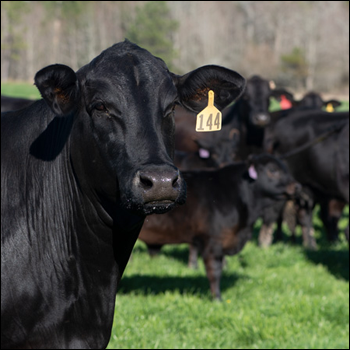 Angus Proud: Nickey Smith
Angus Proud: Nickey Smith
AngusLink helps Louisiana cattleman gain more for his calves.
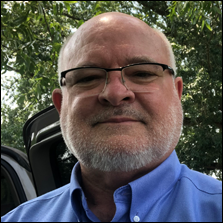 Angus Proud: Mike Moss
Angus Proud: Mike Moss
Operation’s nontraditional start lends to creativity and conservation efforts.
